Red Borneo Kratom is a unique strain of the Mitragyna speciosa tree, native to the island of Borneo. This tropical...

Advocacy for Kratom Legality: Discovering the Legal Landscape in Malaysia
Kratom, a plant indigenous to Southeast Asia, has been at the center of intense legal debates worldwide. In Malaysia, where Kratom is referred to as Ketum, this debate has been particularly heated. This article tackles the efforts surrounding advocacy for Kratom legality in Malaysia, analyzing the challenges, progress, and prospects.
The Current Legal Status of Kratom in Malaysia
Overview of Regulations
To understand advocacy efforts, it is vital to examine the current legal framework governing Kratom in Malaysia. Kratom is illegal in Malaysia under the Poisons Act 1952, which prohibits the sale, possession, and consumption of Kratom. Under Section 30(3), anyone found with over 200g of Kratom powder faces mandatory detention of 2-5 years and RM 10,000-RM 100,000 in fines.
The Dangerous Drugs Act 1952 also lists Kratom as a dangerous drug, with penalties of RM 20,000 fine or 5 years imprisonment for unauthorized sale, possession, or consumption. Additionally, the Aboriginal Peoples Act 1954 and Customary Tenure Enactments ban the possession of Kratom by indigenous communities.
This strict prohibition contrasts with neighboring countries like Thailand, where Kratom is legal and regulated. Advocates argue that the Malaysian ban deprives citizens of an herbal remedy while fueling the black market. They push for an amended legal framework allowing regulated access.
Origins of Kratom Use in Malaysia
Kratom has a long history of traditional use in Malaysia. Indigenous groups like Orang Asli have consumed Kratom for centuries as part of cultural practices. Kratom tea was also given to field laborers to combat fatigue and boost productivity under colonial rule. However, concerns over recreational abuse led to nationwide criminalization in 1952.
Rationale Behind Blanket Ban
The government cites addiction potential and public safety as reasons for the Kratom ban. Reports of Kratom dependence and withdrawal, especially in indigenous communities, have fueled concerns. Authorities also associate Kratom with marginalized groups and opiate abuse. This shapes public perception of Kratom as a dangerous narcotic with no medicinal value.
Impact on Access to Medical Use
The absolute ban prevents Kratom from being developed or marketed for medical use. Kratom is not approved for any medical indications in Malaysia. While raw Kratom can be used as a traditional supplement, the legal risks deter people from relying on it for health issues. Advocates argue that the ban deprives ailing Malaysians of an affordable remedy.
The Rise of Kratom Advocacy
Early Beginnings and Key Advocates
Kratom advocacy emerged in the 1990s alongside growing public interest in medicinal plants. Several advocates played pivotal roles in catalyzing the movement:
-
A researcher at the University of Malaya studied Kratom's pharmacology and potential benefits. His work bolstered interest within academia.
-
An addiction counselor emphasized Kratom's potential as an alternative treatment for opioid dependence. He pushed for legal access to Kratom-based therapies.
-
NGOs like the Malaysian Kratom Society connected users, providing legal counsel and lobbying lawmakers. Their grassroots approach helped galvanize public support.
These early voices laid the groundwork for today's organized advocacy efforts. Their research and activism brought the issue into national discourse.
Emergence of Larger Advocacy Groups
In the 2000s, advocacy graduated to larger organizations with structured approaches. Key examples include:
-
The United Malaysian Network championed alternative development paths allowing regulated Kratom. They emphasized indigenous rights and sustainable farming.
-
National Harm Reduction Alliance focused on the drug policy aspect, situating Kratom within broader reforms. Their advocacy targeted lawmakers and health agencies.
-
Consumer groups like the Malaysian Kratom Association amplified user experiences to counter the stereotype of recreational abuse.
These groups formed strategic partnerships, merging perspectives into a unified advocacy voice. Their positions were grounded in science, public health, and consumer rights.
Objectives and Strategies of Kratom Advocates
Kratom advocates in Malaysia have specific objectives and multi-pronged strategies to achieve them:
Objectives
-
Decriminalize personal possession and consumption of Kratom
-
Allow regulated medical access to Kratom-based remedies
-
Develop guidelines allowing traditional use within indigenous communities
-
Permit and regulate Kratom farming, processing, and sales for export
Strategies
-
Research: Fund studies on Kratom pharmacology, risks, and indigenous traditions to strengthen the evidence base around safety and efficacy.
-
Legal Lobbying: Petition lawmakers and engage with government agencies like the Pharmacy Board and Health Ministry. Propose amendments to existing laws.
-
Public Outreach: Utilize media campaigns, seminars, and demonstrations to shape public perceptions and create bottom-up pressure on legislators.
-
Harm Reduction: Push for progressive reforms focused on education and treatment over criminalization to realign drug policy.
-
Indigenous Rights Advocacy: Partner with Orang Asli groups to document cultural traditions involving Kratom and advocate the preservation of indigenous rights.
-
Sustainable Development: Position regulated Kratom as an alternative cash crop for Malaysian farmers that aligns with ecological goals.
This multi-pronged approach allows advocates to engage stakeholders across sectors, from policymakers to scientists and consumers.
Challenges in Advocacy Efforts
Despite dedicated efforts, Kratom advocates face steep challenges in Malaysia's complex legal and social landscape.
Legal Barriers
Reforming drug laws is an uphill battle everywhere, but especially in Malaysia's strict regulatory system. Legalizing any substance prohibited under the Dangerous Drugs Act requires exhaustive scientific vetting and long bureaucratic processes.
Securing amendments to the Poisons Act is equally challenging, as additions to the banned substances list are easier than removals. The Indigenous use protection clauses under the Aboriginal Peoples Act also require complex legislative maneuvers.
Influence of Anti-Drug Bodies
Government agencies like the National Anti-Drugs Agency (NADA) oppose any measures seen as relaxing drug laws. As a key advisory body, NADA's stance shapes policymaker perspectives and makes reforms difficult.
Opposition from the Medical Establishment
Malaysian healthcare bodies like the Medical Association and Pharmacy Board have historically resisted recognizing traditional and herbal remedies. Their skeptical stance adds obstacles for advocates lobbying for regulated Kratom access.
Public Misconceptions and Stigma
The Malaysian public still largely perceives Kratom as a dangerous narcotic prone to abuse. Stigma is worse in urban areas, while indigenous communities retain cultural familiarity. This perception gap fuels public distrust of reforms.
Scientific Challenges
Limited Malaysian research on Kratom's pharmacology and medical efficacy constraints advocacy claims. Arguments for regulation as an herbal supplement lack sufficient clinical evidence.
Socioeconomic Considerations
Allowing legal Kratom trade could displace high-value palm oil and rubber crops. This activates pushback from established agricultural lobbies. There are also concerns over the loss of black market income in indigenous regions.
Addressing Misconceptions and Public Distrust
Advocates undertake multipronged efforts to address misconceptions and gain public trust:
-
Community Engagement: Hold open dialogues, educational events, and demonstration sites within local communities to establish direct contact with the public.
-
Cultural Sensitization: Work with indigenous groups to showcase Kratom's traditional heritage to build familiarity and counter stigma.
-
Media Outreach: Engage journalists and utilize social/print media to increase objective coverage explaining Kratom's risks, benefits, and advocacy goals.
-
Transparency: Maintain open communication and invite input/criticism from stakeholders and the public to dispel notions of hidden agendas.
-
Success Stories: Profile real people who responsibly use Kratom to manage health conditions and as a cultural tradition. Put human faces to counter stereotypes.
-
Responsible Use Modeling: Demonstrate responsible use principles through strict protocols at advocacy events. Prevent any possibility of abuse or risky behaviors.
-
Future Focus: Emphasize that advocacy goals are not unlimited legalization but prudent regulation allowing medical use and traditional practices.
Progress and Milestones in Kratom Advocacy
Greater Indigenous Representation in the Debate
After sustained lobbying by advocates, policy discussions on Kratom increasingly include indigenous representatives. Orang Asli leaders and NGOs now have a seat at the table in shaping potential reforms that impact traditional communities.
Having indigenous voices directly inform the debate has been a major achievement in policies respecting traditional rights. Their perspectives help balance the narrow drug abuse focus that previously dominated discourse.
Increased Awareness Among Policymakers
Educating lawmakers and agency officials has led to greater awareness of Kratom's intricacies beyond stereotypes. Through consistent engagement, advocates have transmitted nuanced perspectives on benefits, risks, and usage patterns to policymakers.
While stopping short of endorsing reform, politicians and bureaucrats now demonstrate more measured stances. This shift away from knee-jerk opposition indicates gradual progress in influencing governing authorities.
Mainstreaming of Harm Reduction Approach
Advocacy has popularized harm reduction principles within the public imagination. More people now view education and regulation as better addressing drug problems compared to punitive enforcement.
This paradigm shift creates space for progressive reforms. Leaders increasingly reference harm reduction when commenting on drug and Kratom policy. The stage is being set for potential future decriminalization.
Increased Kratom Research
Spurred by growing public interest and advocacy grants, Malaysian academic institutions are conducting more research on indigenous use, addiction risk profiles, and medicinal potentials of Kratom.
Although still scarce, good-quality scientific literature informs advocacy positions with empirical evidence. It also builds the case for Kratom's unique pharmacological effects separate from opiates.
Role of Scientific Research in Advocacy
Science plays a vital role in Kratom advocacy by shaping messaging and engagement strategies.
Strengthening Risk-Benefit Analysis
Robust data quantifying Kratom's risks versus benefits allows advocates to counter claims that it has no medical utility and is dangerously addictive. Research documents cases of responsible use and mild dependence patterns distinct from narcotics. This evidence aligns advocacy goals with public health principles.
Understanding Traditional Practices
Studies on indigenous use provide insights into historical and cultural contexts that advocates leverage to argue for preserving traditional rights. Documentation protects indigenous knowledge and establishes norms for safe use based on centuries of experience.
Informing Legal Engagement
Scientific findings give advocates empirical grounds to justify proposed reforms to policymakers. Research lends credibility to arguments for allowing access to medicine development or maintaining traditional use.
Guiding Public Education
Data guides advocate messaging to address public misconceptions. Education campaigns respond to scientifically documented risks based on addiction potential and side effects. Outreach uses research documenting benefits to build confidence in Kratom’s utility when used responsibly.
Principles for Ethical Kratom Research
Advocates promote certain principles to ensure Kratom research adheres to scientific integrity and public benefit:
-
Prioritizing public funds over corporate interests to reduce bias
-
Seeking informed consent and Protecting Rights when studying Indigenous use
-
Transparency and disclosure of funding sources and affiliations
-
Avoiding sensationalist media coverage of preliminary findings
-
Communicating nuanced conclusions responsibly to counter oversimplification
-
Peer review and replication to validate findings before public dissemination
-
Interdisciplinary approach incorporating socioeconomic and cultural factors
Future Trajectory of Kratom Advocacy
Looking ahead, Kratom advocacy in Malaysia is poised to intensify efforts and seize potential openings to make progress.
Continued Pressure on Policymakers

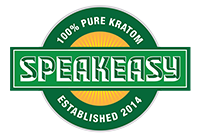





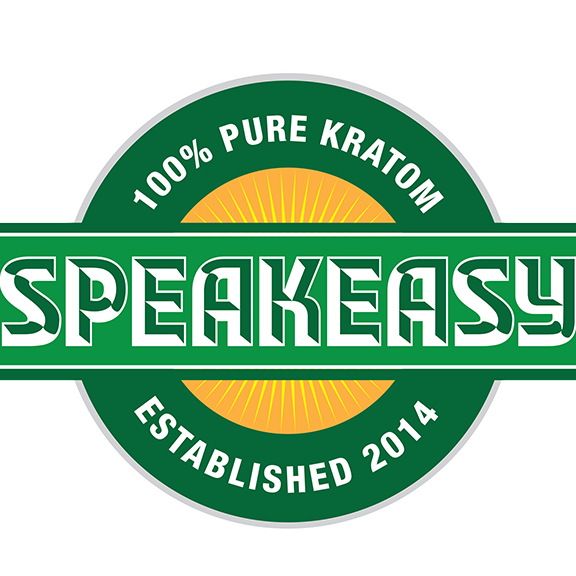
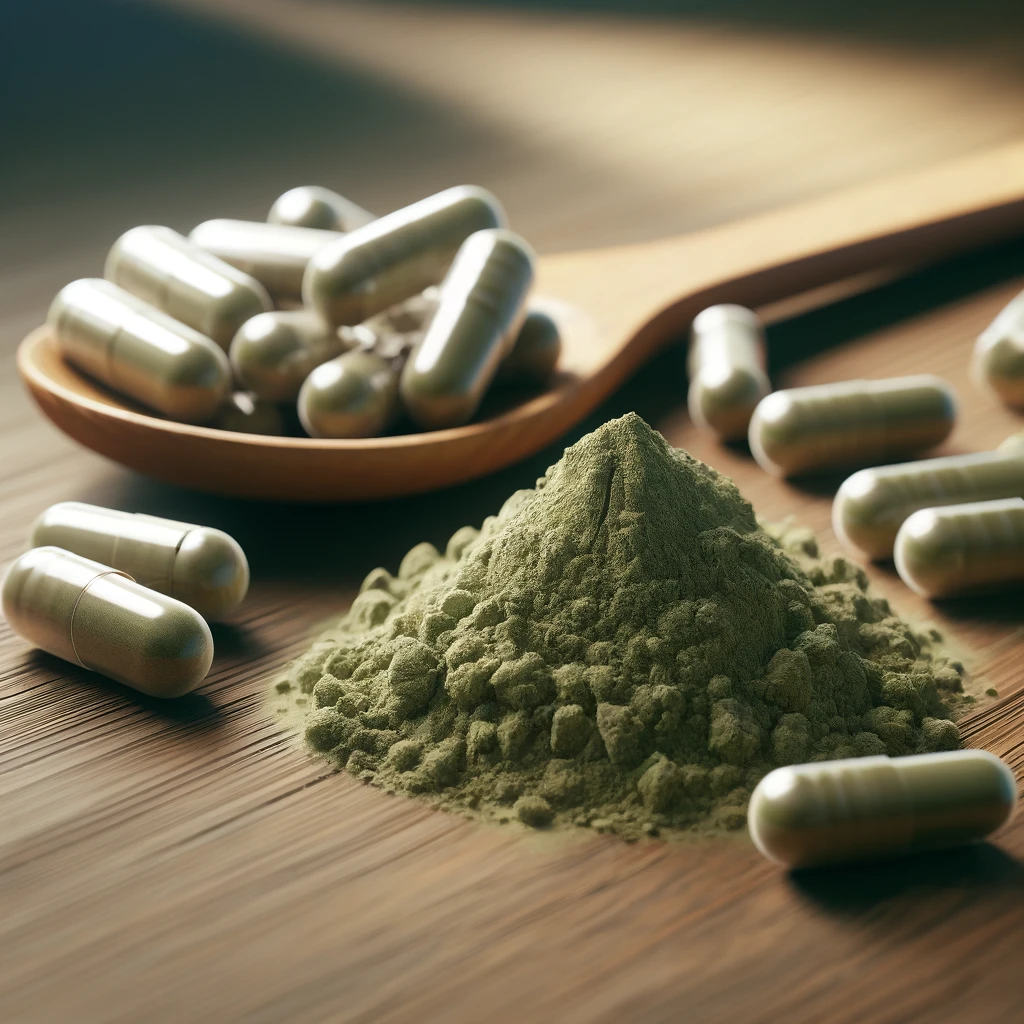


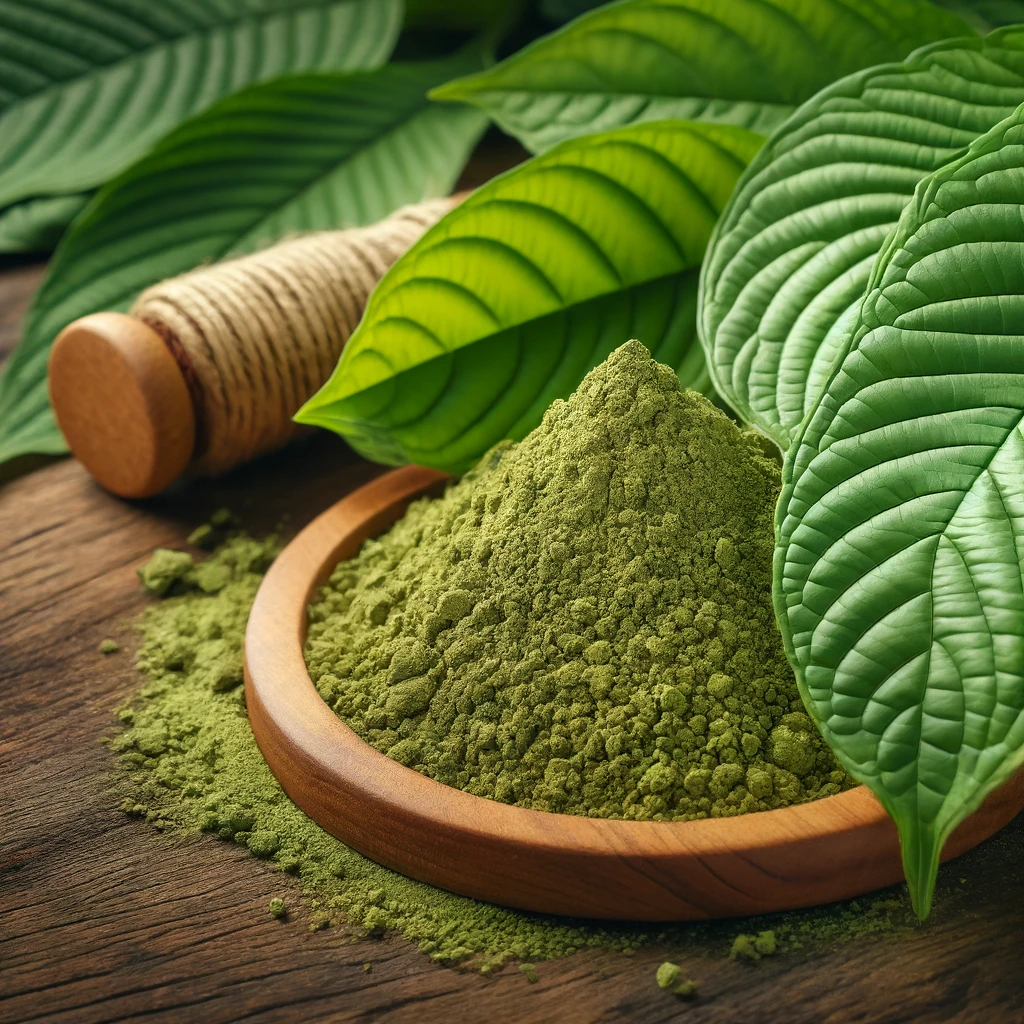
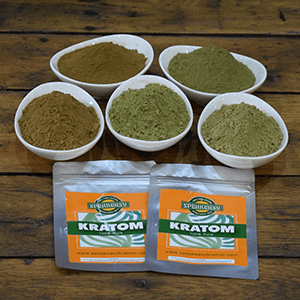

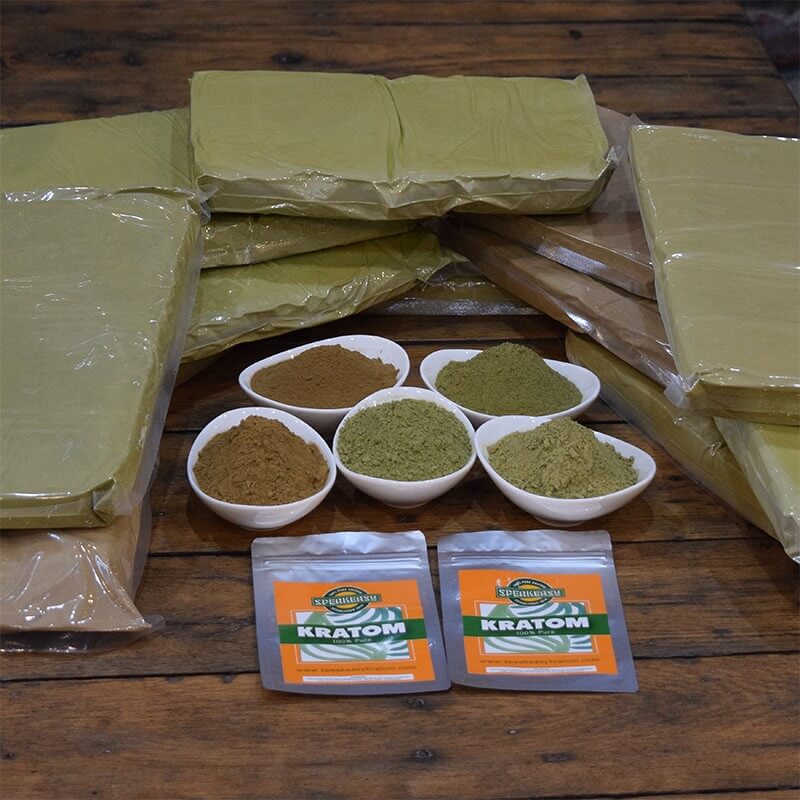

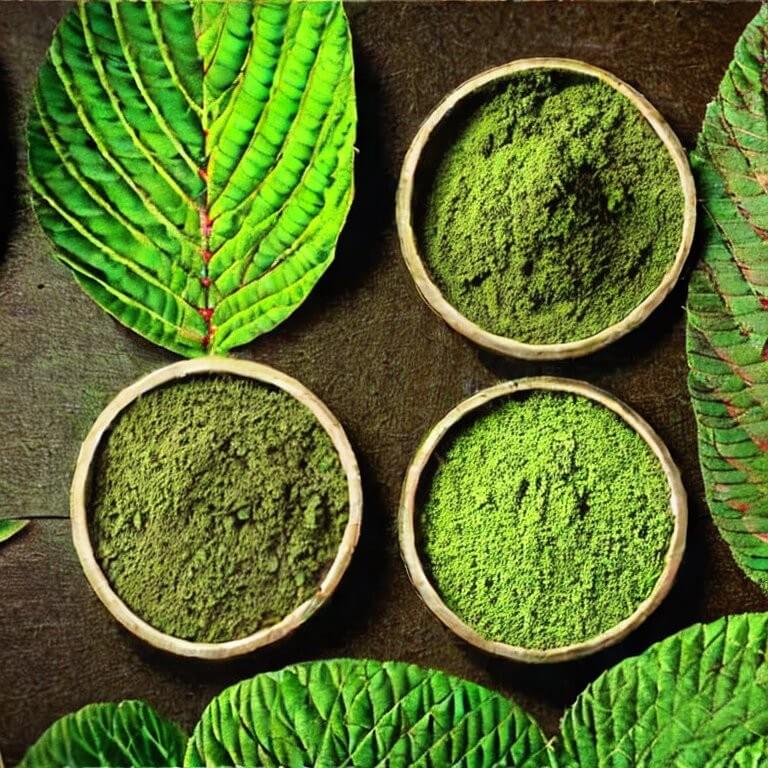
Leave a comment